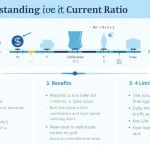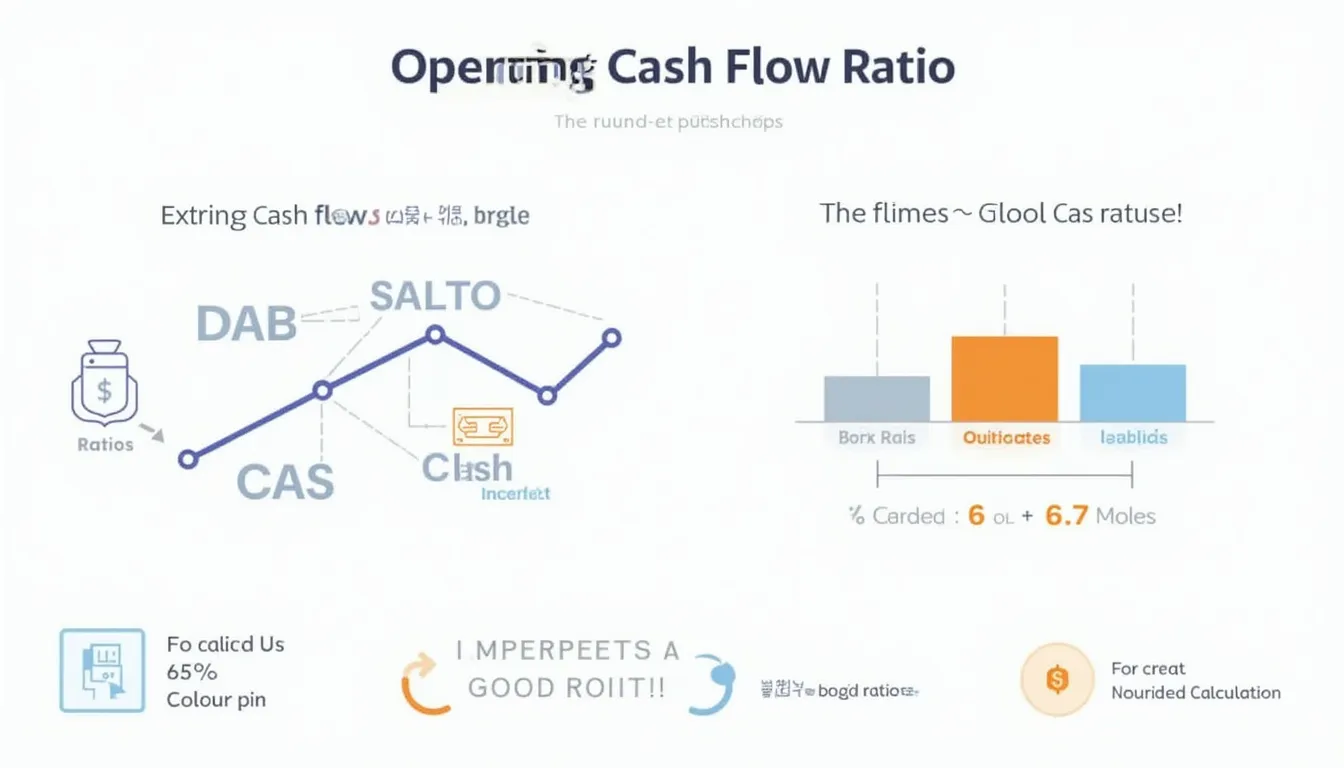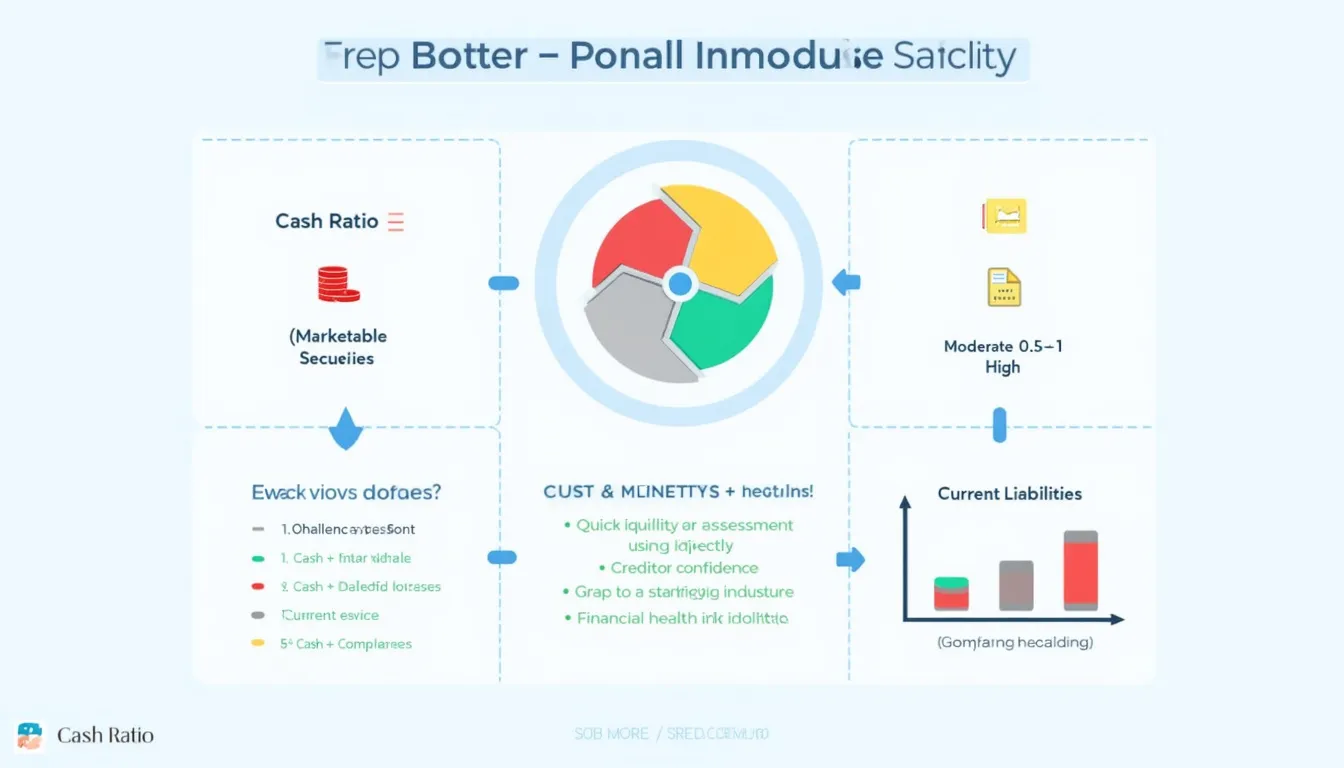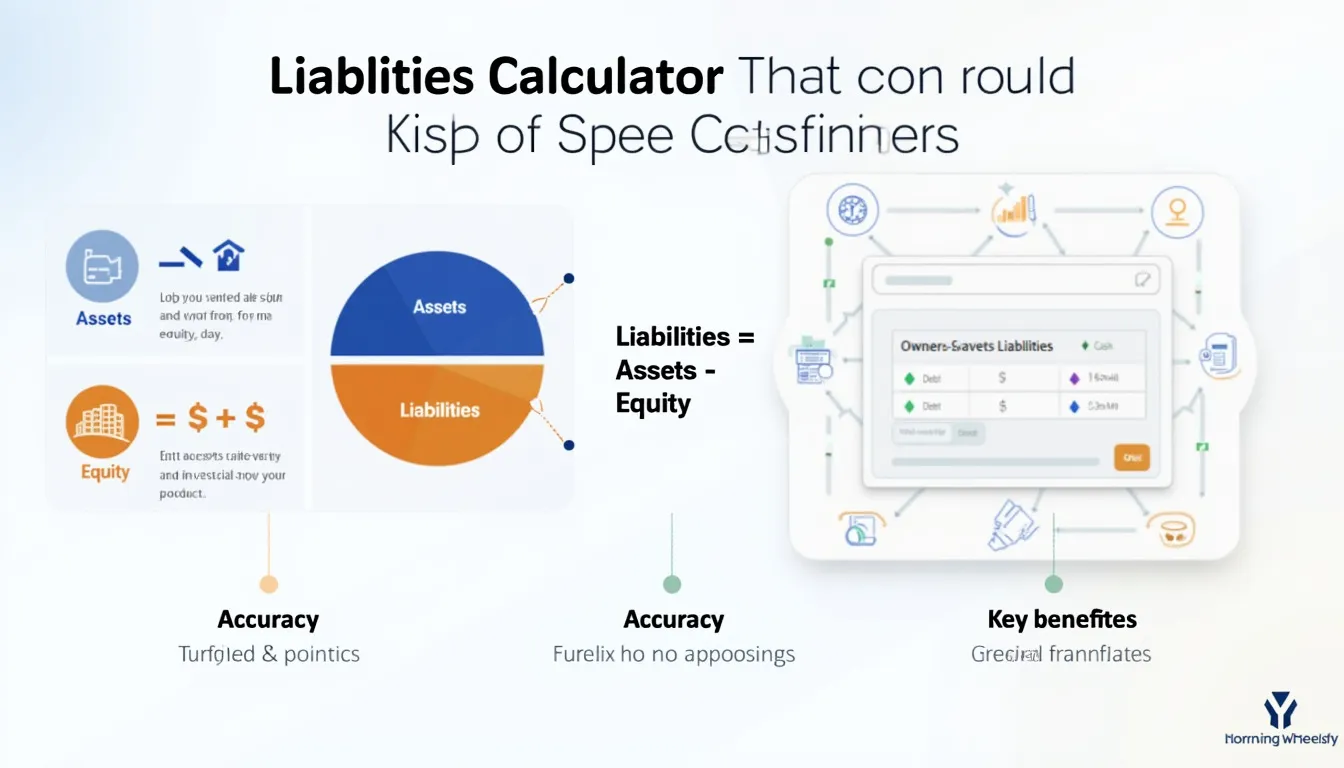Current Ratio Calculator
Is this tool helpful?
How to use the tool
- Step 1 – Enter Current Assets: Key in everything convertible to cash within 12 months. Samples: 2 300 000 or 725 000.
- Step 2 – Enter Current Liabilities: Add all obligations due inside a year. Samples: 1 100 000 or 910 000.
- Step 3 – Press “Calculate”: The tool applies the formula below and returns a ratio with plain-language guidance.
Underlying formula
$$\text{Current Ratio}= rac{\text{Current Assets}}{\text{Current Liabilities}}$$
Example calculations
- Example A: Assets = 2 750 000; Liabilities = 1 100 000 ⇒ Ratio = 2 .50. Strong liquidity.
- Example B: Assets = 950 000; Liabilities = 1 250 000 ⇒ Ratio = 0 .76. Potential cash-flow strain.
Quick-Facts
- Healthy range for mature U.S. companies: 1.5-3.0 (Investopedia, 2023).
- Average S&P 500 current ratio in 2023: ≈1.3 (CSI Market, 2023).
- Formula first appeared in Alexander Wall’s credit manuals, 1919 (Wall, 1919).
- IFRS defines current assets as those realizable within twelve months (IAS 1, IFRS.org).
- “Excess working capital can hide underperformance.” – Deloitte Working Capital Report 2022 (Deloitte, 2022).
FAQ
What is the current ratio?
The current ratio compares your short-term assets to short-term debts, revealing whether cash and near-cash items can meet upcoming obligations (Investopedia, 2023).
How does the calculator work?
You supply asset and liability figures; the script divides assets by liabilities to two decimals and displays contextual advice using preset thresholds.
What is a good current ratio?
Analysts value readings between 1.5 and 3.0. Below 1 signals liquidity risk, while above 3 could expose idle capital (CFI, 2023).
What does a ratio below 1 mean?
Liabilities exceed liquid resources, so the firm may need short-term financing or tighter cash control to avoid missed payments (Moody’s, 2022).
How can I improve my ratio?
Accelerate receivables, trim excess inventory, renegotiate supplier terms, or refinance short-term debt into longer maturities (PwC, 2023).
Is inventory always included?
Yes for current ratio, but the quick ratio excludes inventory to test liquidity under faster liquidation scenarios (SEC Investor Pub, 2021).
How does current ratio differ from quick ratio?
The quick ratio removes inventory and prepaid items, offering a stricter solvency gauge when inventories move slowly (Nasdaq Glossary, 2023).
Why compare against industry averages?
Sector norms adjust for inventory cycles and credit terms; benchmarking highlights operational efficiency gaps specific to your market (KPMG Insights, 2022).
Important Disclaimer
The calculations, results, and content provided by our tools are not guaranteed to be accurate, complete, or reliable. Users are responsible for verifying and interpreting the results. Our content and tools may contain errors, biases, or inconsistencies. Do not enter personal data, sensitive information, or personally identifiable information in our web forms or tools. Such data entry violates our terms of service and may result in unauthorized disclosure to third parties. We reserve the right to save inputs and outputs from our tools for the purposes of error debugging, bias identification, and performance improvement. External companies providing AI models used in our tools may also save and process data in accordance with their own policies. By using our tools, you consent to this data collection and processing. We reserve the right to limit the usage of our tools based on current usability factors.







